The Historical Significance of Tudor Place
Tudor Place, a historic mansion in Georgetown, Washington, D.C., has been a silent witness to the unfolding of American history since its establishment. The estate was built in 1816 by Thomas Peter and his wife, Martha Parke Custis Peter, a granddaughter of Martha Washington. This connection to the Washington family adds historical depth to the estate.
The mansion has seen the ebb and flow of six generations of Martha Washington’s descendants. Alongside them, enslaved and free individuals lived and worked at Tudor Place, contributing to its rich history. Their stories are preserved in the mansion, offering a multifaceted look at American history.
The estate was not just a residence but also a focal point during significant events like the Civil War. During that tumultuous period, Tudor Place was a sanctuary for many, including wounded soldiers. Its doors have always been open to the complexities and triumphs of the American narrative.
Today, Tudor Place is a National Historic Landmark, a testament to its enduring historical significance. It is a living museum where visitors can step back in time and immerse themselves in the stories that have shaped the nation.
Architectural Marvels of Tudor Place
Walking into Tudor Place, you’re greeted by an architectural masterpiece that exemplifies Federal-period design. Dr. William Thornton, the architect of the United States Capitol, initially designed the mansion. His vision for Tudor Place was to create a harmonious blend of function and aesthetics, and he succeeded spectacularly.
The mansion features a domed temple entrance, a rare architectural element that adds grandeur to the estate. The rooms are adorned with intricate woodwork and original furnishings preserved over the years. The attention to detail in each room offers a glimpse into the lifestyle of its former residents.
The estate also includes several outbuildings, like a smokehouse and a garage, which are historically significant. These structures have been carefully preserved to maintain their original state, adding another layer to the architectural marvel that is Tudor Place.
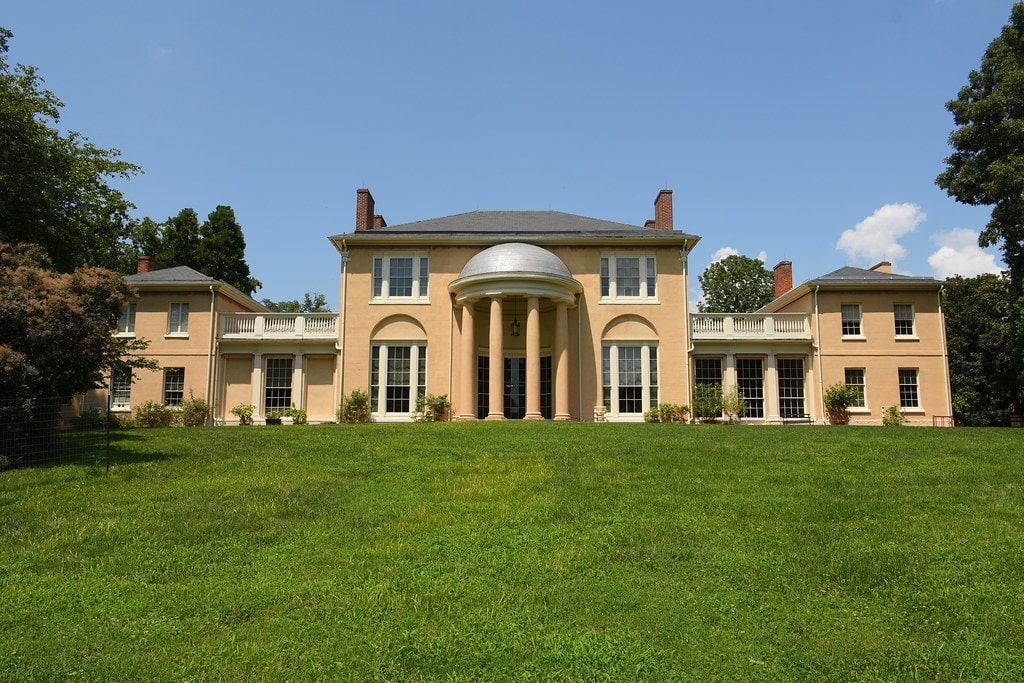
Preservation efforts have been ongoing to ensure that Tudor Place remains a model of Federal-period architecture. These initiatives have included structural reinforcements and restoration projects to maintain the mansion’s original charm and significance.
The Collections Within
Tudor Place is not just an architectural gem; it’s also a treasure trove of historical artifacts. The mansion houses over 18,000 decorative objects that range from furniture to ceramics and textiles. Each item tells a story, offering a tangible connection to the past.
One of the collection’s highlights is the Washington Collection, the largest outside Mount Vernon. This collection includes letters, books, and even personal items that belonged to George and Martha Washington. These artifacts offer an intimate look into the lives of one of America’s most iconic families.
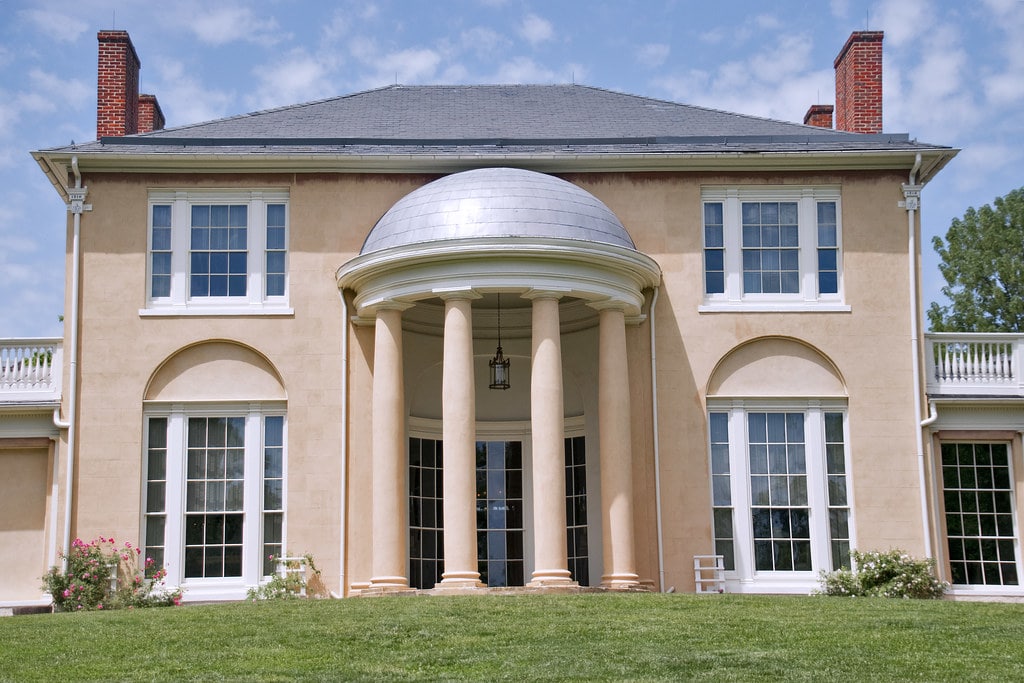
The collections extend beyond the Washington family to include items that belonged to the enslaved and free individuals who lived and worked at Tudor Place. These objects are poignant reminders of the complex social dynamics during that time.
The curatorial team at Tudor Place takes great care in preserving these collections. Regular maintenance and restoration work ensure that each item remains pristine for future generations.
The Gardens of Tudor Place
The beauty of Tudor Place extends beyond its walls to its magnificent gardens. Covering 5 1/2 acres, the gardens are a lush oasis in the heart of Georgetown. Designed in various styles over the years, they offer a serene escape from the hustle and bustle of city life.
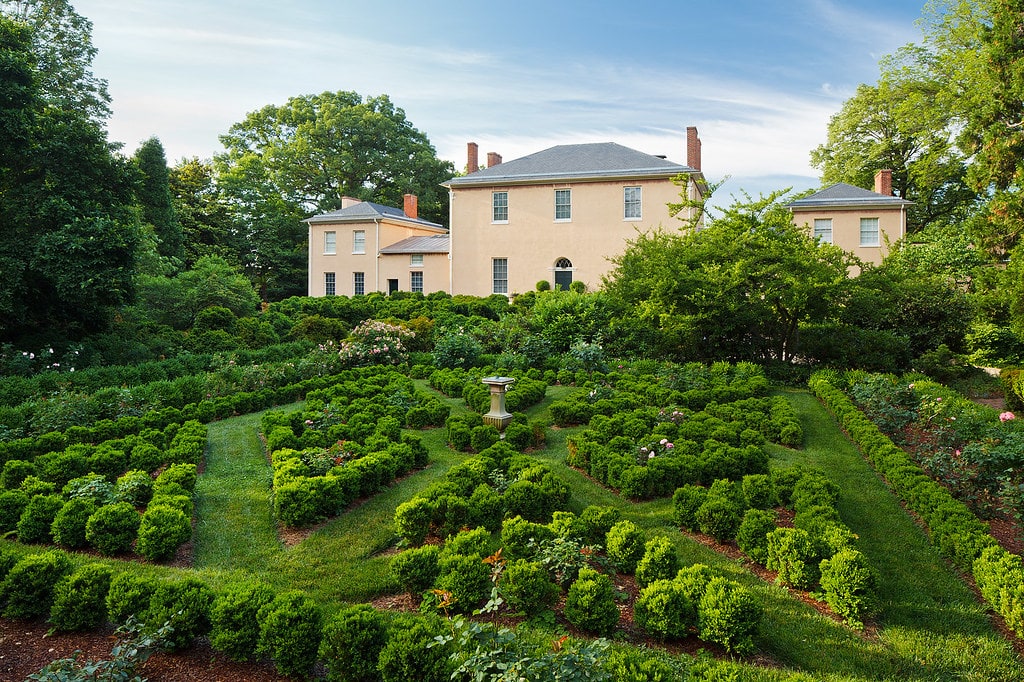
Visitors can explore a variety of flora, including historic boxwoods and magnolias that have stood the test of time. Seasonal blooms add a splash of color, making each visit a unique experience. The gardens also feature fountains and sculptures that enhance their aesthetic appeal.
The gardens are not just for show; they also serve educational purposes. Tudor Place often hosts garden tours and workshops where visitors can learn about horticulture and the history of these gardens. It’s a perfect blend of beauty and knowledge in the city’s heart.
So, if you’re looking for things to do in Washington, D.C., a visit to the gardens of Tudor Place should be on your list. It’s a chance to connect with nature while soaking in history.
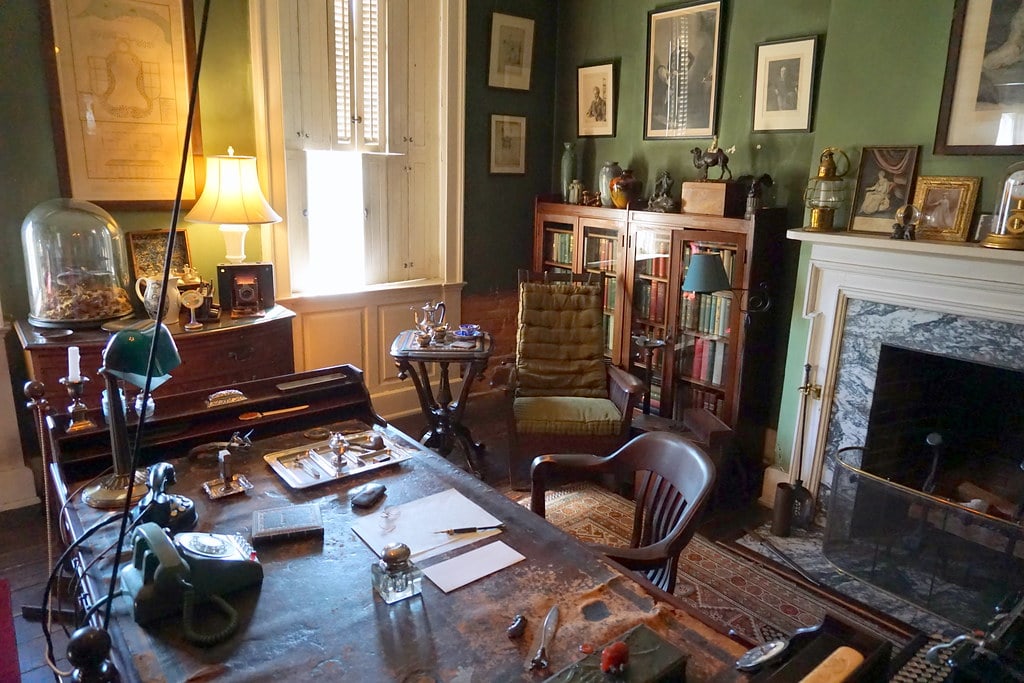
Tudor Place in Modern Times
Tudor Place has transitioned from a historic residence to a vibrant museum. Open from Tuesday to Saturday between 10 am and 4 pm and on Sundays from noon to 4 pm, and the mansion welcomes visitors eager to delve into its rich history.
The museum offers a range of programs aimed at educating the public. From guided tours to lectures and workshops, there’s something for everyone. The estate also hosts seasonal events, adding a contemporary touch to its historical setting.
Community engagement is a significant focus for Tudor Place. The museum collaborates with local organizations to offer accessible family programming. This commitment to community involvement ensures that Tudor Place remains a cultural anchor in Georgetown.
The museum has also embraced technology to enhance the visitor experience. A virtual tour is available for those who can’t visit in person, ensuring that the stories of Tudor Place reach a broader audience.
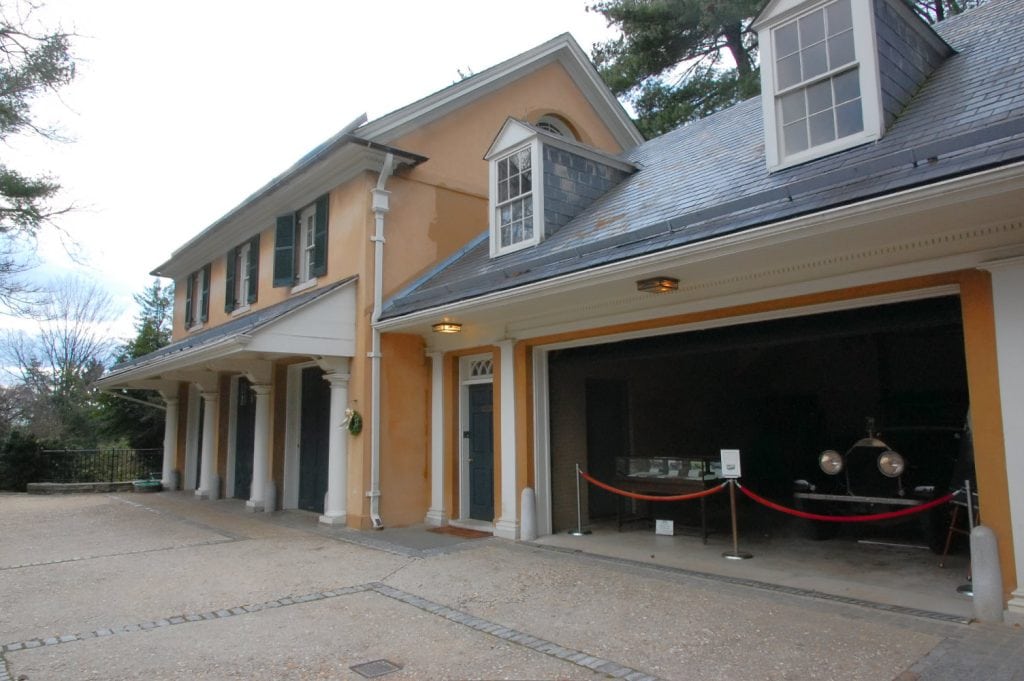
The Legacy of Slavery at Tudor Place
The history of Tudor Place is incomplete without acknowledging the enslaved individuals who lived and worked there. The museum has taken steps to confront this complex past by offering educational programs focusing on the history of slavery at the estate.
Recent lectures, like “Enslaved: Peoples of the Historical Slave Trade,” aim to educate the public about this dark chapter in American history. These programs are part of a broader initiative to examine the legacy of slavery at Tudor Place and its impact on the present.
The museum also features exhibits that focus on the lives of the enslaved. These displays include letters, diaries, and other artifacts that glimpse their daily lives. It’s a sobering but necessary part of the Tudor Place experience.
By confronting the complexities of its past, Tudor Place hopes to offer a more nuanced understanding of American history. It’s a step towards reconciliation and a more inclusive narrative that honors all who have contributed to the estate’s rich history.

Latest Developments and News
Keeping up with the times, Tudor Place continues to evolve. One of the latest additions is a seasonal tour called “Death Comes to Tudor Place.” This tour offers a unique perspective on the estate’s history, focusing on the more somber aspects of life and death.
In addition to seasonal tours, the museum frequently updates its exhibits to include new findings and artifacts. These changes ensure that each visit offers something new, making Tudor Place a continually evolving historical site.
Preservation efforts are ongoing, with a Master Preservation Plan guiding future projects. This plan has received endorsements from multiple local and national preservation entities, highlighting its importance.
A vigorous fundraising initiative is underway to secure the necessary financial resources for ongoing restoration activities. This campaign aims to ensure that Tudor Place continues to serve as a living museum, preserving its historical significance for future generations.
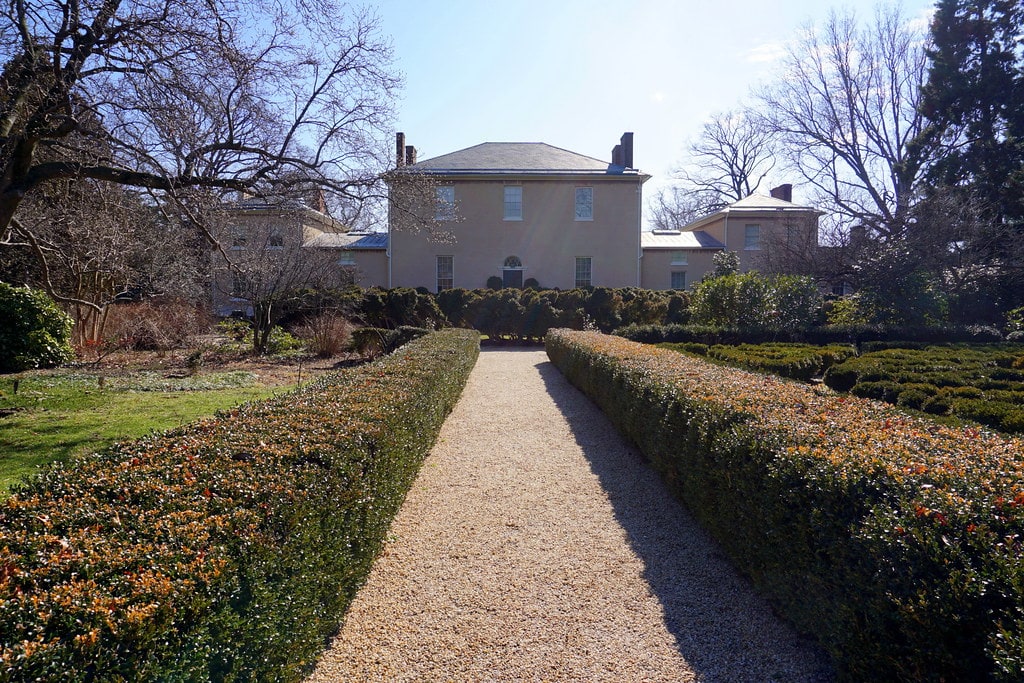
Conclusion
Tudor Place is more than just a historic mansion; it’s a living, breathing part of American history. From architectural marvels to extensive collections and lush gardens, the estate offers a multifaceted experience that educates and inspires.
As it confronts the complexities of its past, including the legacy of slavery, Tudor Place challenges us to do the same. It’s a must-visit for anyone looking to explore the depths of American history right in the heart of Georgetown, Washington, D.C.
